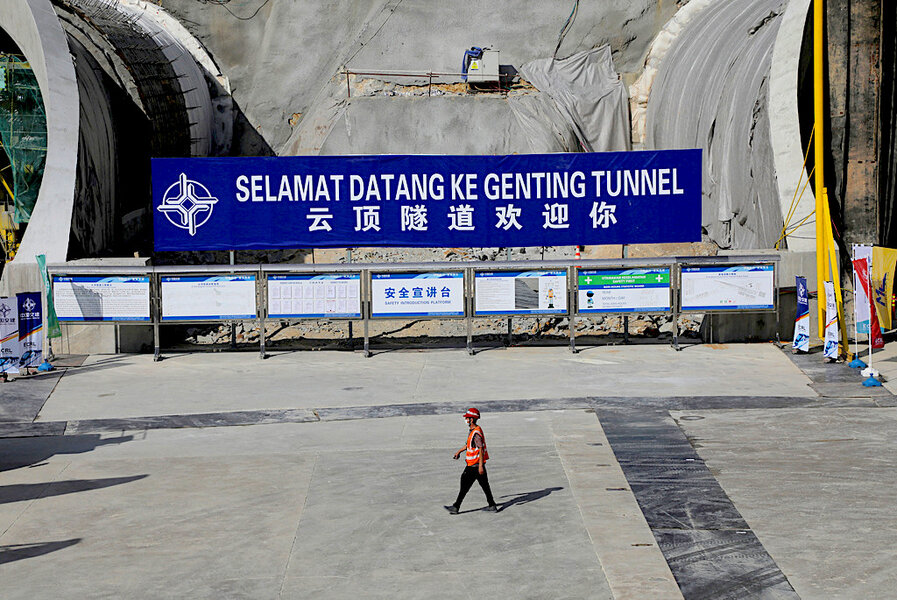China’s shift on debt relief
The departure today of the first grain ship from Ukraine since the start of Russia’s invasion signals more than relief for countries facing acute food shortages. Lifting the blockade on the Black Sea shows that Moscow has felt compelled at some level to acknowledge concerns for a global humanitarian crisis.
Could a similar recognition of universal values be emerging from Beijing? On Saturday a committee of international creditors chaired by France and China agreed to provide debt relief to the southern African country of Zambia. The deal may indicate that China, now the world’s largest lender to poor countries, is moving toward greater cooperation on debt refinancing at a time when scores of nations are near default.
“The composition of the debts of developing countries has shifted dramatically over the past 10 years toward China and the private sector,” David Malpass, president of the World Bank, told the Financial Times. “China recognizes that [engaging with Zambia’s other creditors] is an important way to work with the global community. It’s an important step in that China is recognizing its role in debt restructurings.”
Zambia was the first African country to default during the pandemic. Out of $17 billion in external debt, it owes $6 billion to creditors in China. The deal to restructure Zambia’s debt was brokered through a process that unites China with other major international lending nations. The so-called Common Framework was established in late 2020 in response to the pandemic’s fiscal impact on the world’s poorest countries. It is designed to coordinate debt restructuring among governmental as well as institutional and private-sector lenders.
Roughly two-thirds of 73 countries eligible to apply for financial relief under the framework face debt crises, according to the International Monetary Fund. Chad, Ethiopia, and Zambia are the first of 16 countries that have engaged in the process so far. Details of the Zambian deal have yet to be disclosed. But it included support for a $1.4 billion IMF bailout to help stabilize the country’s economy. World Bank and IMF officials say the deal may provide a road map for highly indebted countries not on the eligibility list, such as Sri Lanka and Pakistan.
More than a third of the $35 billion due in debt service payments by the world’s poorest countries is owed to Chinese public and private entities. Hard financial data about those loans is difficult to obtain. China often attaches nondisclosure agreements to loan packages. It prefers to structure lending terms one-on-one with recipient countries to maintain maximum leverage.
Even within China, that tactic is questioned. “If every people pursues merely the interests of its own state, then we might have a universal value, but it will be a value of exclusion and conflict,” wrote He Huaihong, a philosopher at Peking University, in a 2015 book, “Social Ethics in a Changing China: Moral Decay or Ethical Awakening?”
Like Russia’s war in Ukraine, China’s overextension of debt to poor countries may check its ambitions to reshape the global order. Certain values, such as the right to food or the dignity of self-determination, are beyond the cold pursuit of national gain.





